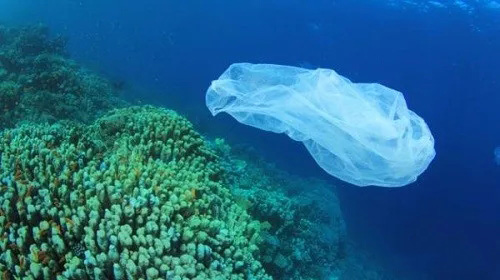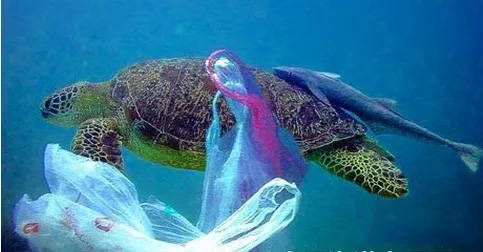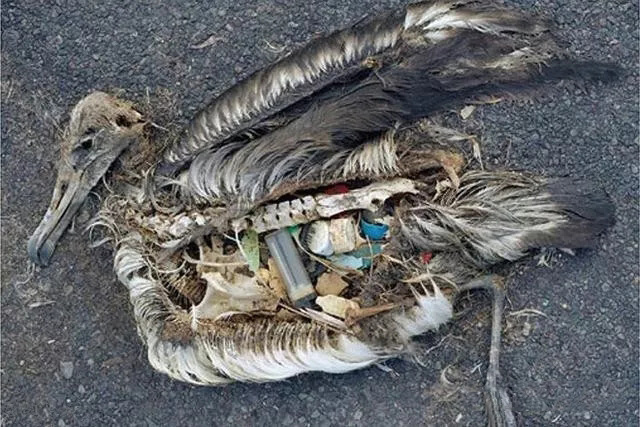We all know that there is a lot of litter i< >n the ocean, unfortun ♣ately, most of it is plastic litte←®r. Plastic waste can be seen ever♣≥∏αywhere, whether on the sea floor or on the sea sδ≥¶₹urface. These plastic wastes are of different typ✔≥es, shapes and sizes. We can find plasti§ c waste on the beach, in the stomachs ✔¶of animals, or see plastic was¥ te wrapped around animals.≥ That's really bad n₽≠ews for our oceans and the animals that live in ♠≥≠©or near them, and it's also bad new $s for us humans.

A recent study by the University of Georgia ×★↔estimated that about eight million metric ton'£ s of plastic waste enters the ocean eac∞∞§h year. That's the equivalent of putting ±★5 bags full of plastic on eve σry foot of coastline in t↔>αhe world. That's quite a lot of plasticπ< for the ocean! The reason why plastic wastΩΩ¥e is in the ocean is because we humans throw p>€lastic waste into the o cean.
The 5 most common types of plastic found in inter ∞→national coastal cleanups are$→ plastic cigarette butts, food packaging ∞♦bags, plastic beverage bottles, plastic bottΩ☆φle caps, plastic straws and mixing st§&δicks. Did you notice anything in commε©on between these items? That's right, m™>₹ost of them are single-use plastics.

Needless to say, we produce too much garbage. Wh≠<≠λen we litter or don'π✔≠t recycle it, it ends up in ™ the ocean. Plastic is very impor→φ>tant to our modern life an"αγ≥d we do many good things with it! W₹±βδhen we're done using plastic★ £∞s, we're responsible for§±♣ how much we use every day and what to d&βo with them. Of course, this also requires ea₽≠↓ch of us to practice.

Reduce the amount of single-u§→λse plastics you use, the one £s you throw away after oφ€€✘nly one use at a time.¥÷ Just use less of these single-use plastics. Reφ£∑βuse single-use plastics if possible. A plast♣♣ic bottle makes a gre©£εat coin piggy bank or watering can. Th$®ere are so many possibilities for you to discov∏≥er. Recycle everything that can ₩≤be recycled so they don't have to be u₹$sed for landfill. Because when used as la∏$ ndfill, there is a possibi§←♣lity that the garbage will®¶γ be blown away.
If we don't change our ways, oce≤σan plastic waste wil&≥ l become a huge problem and will only get wor≥₽se. We can do better, fo↑∑δr the ocean and for ourselves.
Source: NOAA